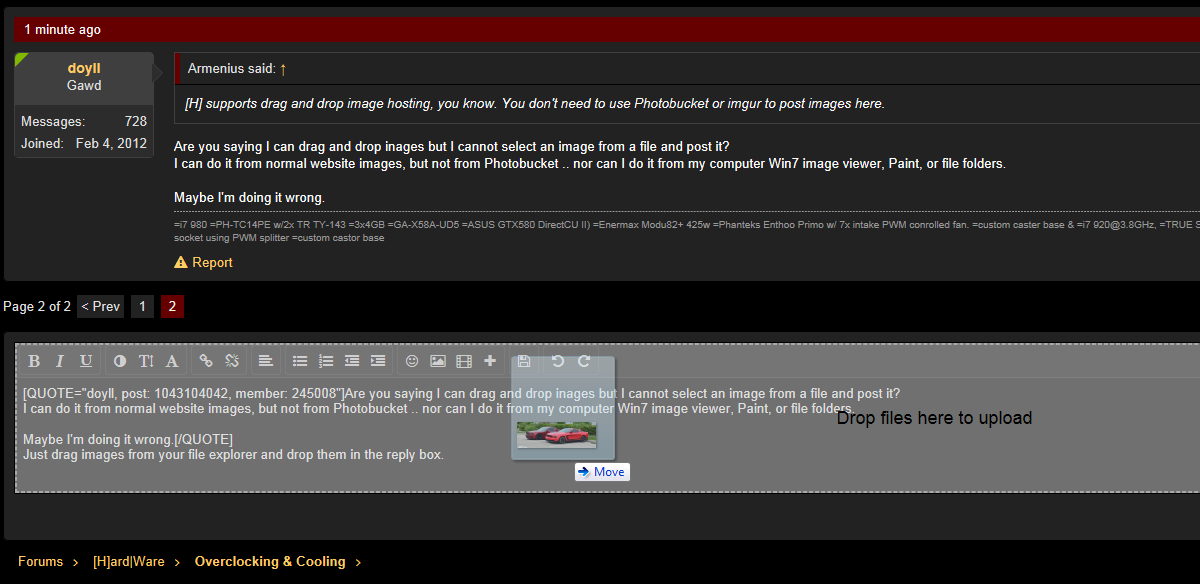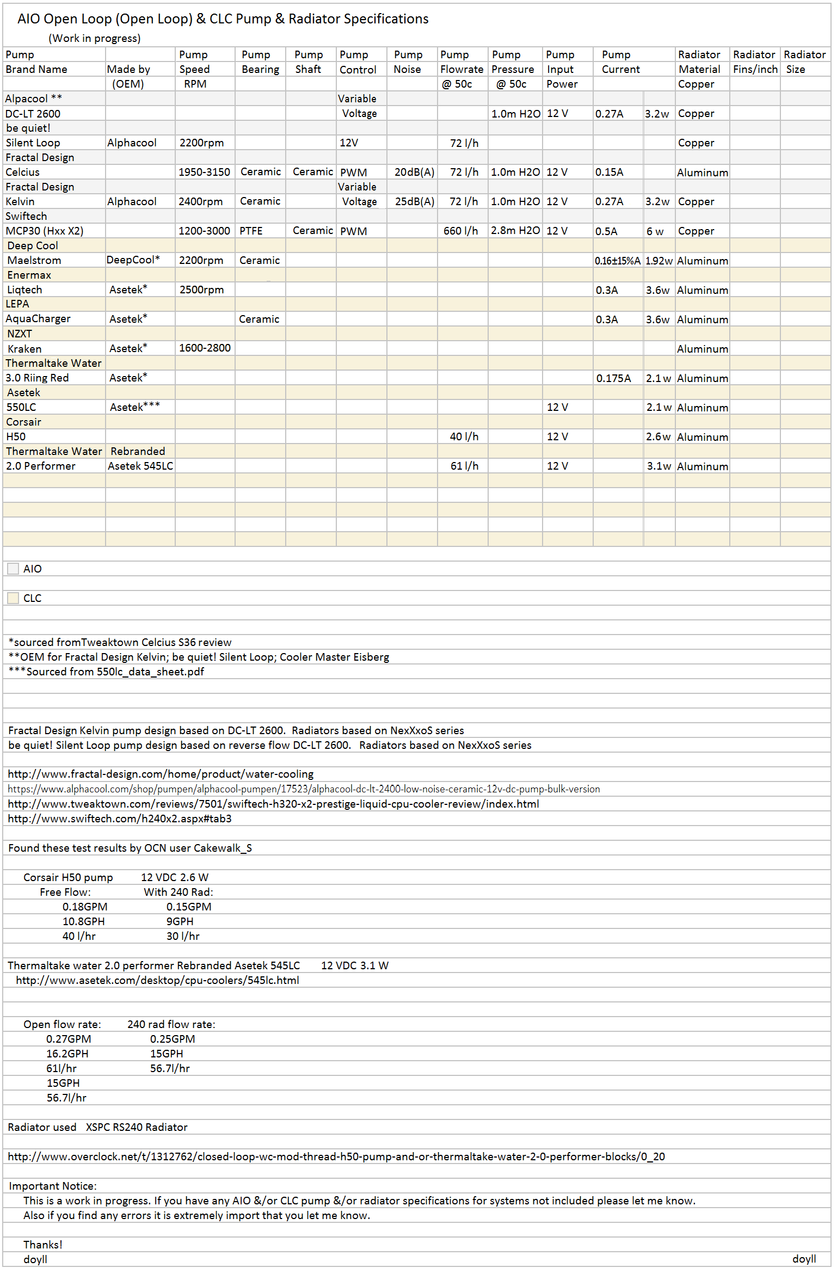Design1stcode2nd
Gawd
- Joined
- Aug 17, 2016
- Messages
- 704
I had a Corsair AIO go bad on me after about 18 or maybe 24 months. It was researching the blue screens that made me figure out taht the pump had failed (yay internet). I picked up a Phanteks TC14PE which has worked well. After that experience I built a computer with my son and then did a case swap on mine. So the failed AIO got me in to building PC's so at least some good came out of it.
The only way I'd go back to some form of water cooling would be if I got a case that wouldn't fit a large HSF like the Quadstellar from Deepcool.
The only way I'd go back to some form of water cooling would be if I got a case that wouldn't fit a large HSF like the Quadstellar from Deepcool.
![[H]ard|Forum](/styles/hardforum/xenforo/logo_dark.png)

